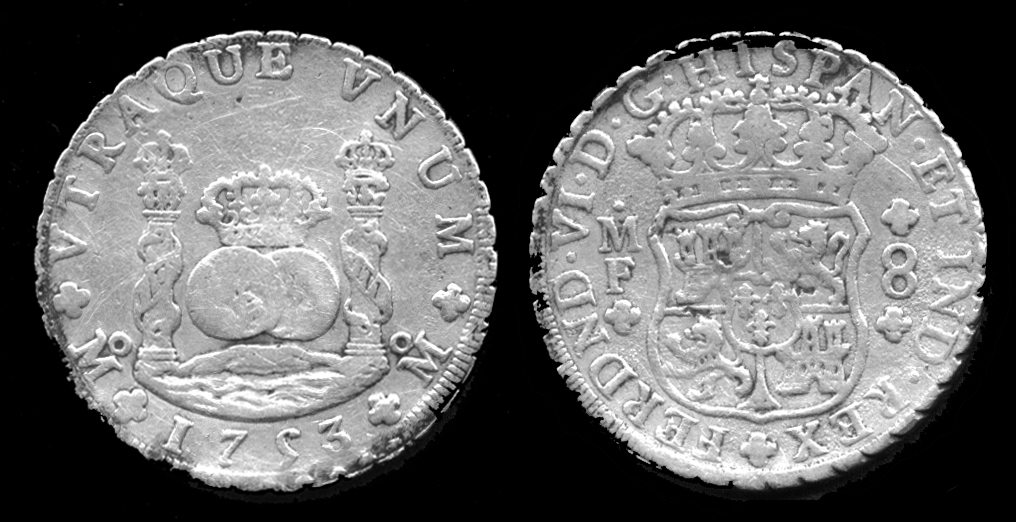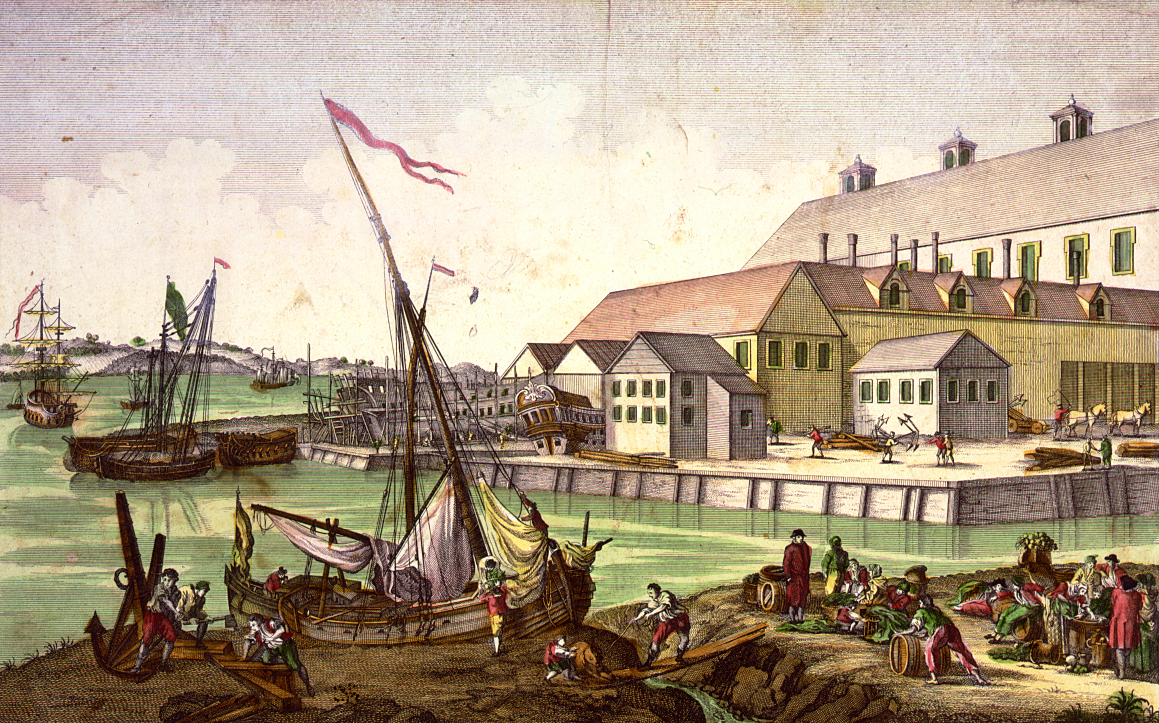|
Limping Bimetallism
Limping bimetallism was a monetary system in the United States that was partially dependent on silver but primarily dependent on gold. It was developed after the abandonment of bimetallism and the adoption of the gold standard in 1873. The Bland–Allison Act of 1878 allowed the coining of new silver dollars, thus creating this system. Contrary to popular belief, the limping standard was not abandoned upon enactment of the Gold Standard Act The Gold Standard Act was an Law_of_the_United_States#Federal_law, Act of the United States Congress, signed by President William McKinley and effective on March 14, 1900, defining the United States dollar by gold weight and requiring the United ... of 1900.Cross, Ira B. ''Money and Banking''. New York: American Institute of Banking, 1931. References Numismatics Economic history of the United States Metallism {{money-stub ... [...More Info...] [...Related Items...] OR: [Wikipedia] [Google] [Baidu] |
Monetary System
A monetary system is a system by which a government provides money in a country's economy. Modern monetary systems usually consist of the national treasury, the mint, the central banks and commercial banks. Commodity money system A commodity money system is a monetary system in which a commodity such as gold or seashells is made the unit of value and physically used as money. The money retains its value because of its physical properties. In some cases, a government may stamp a metal coin with a face, value or mark that indicates its weight or asserts its purity, but the value remains the same even if the coin is melted down. Commodity-backed money One step away from commodity money is "commodity-backed money", also known as "representative money". Many currencies have consisted of bank-issued notes which have no inherent physical value, but which may be exchanged for a precious metal, such as gold. (This is known as the gold standard.) The silver standard was widespread a ... [...More Info...] [...Related Items...] OR: [Wikipedia] [Google] [Baidu] |
Silver
Silver is a chemical element with the Symbol (chemistry), symbol Ag (from the Latin ', derived from the Proto-Indo-European wikt:Reconstruction:Proto-Indo-European/h₂erǵ-, ''h₂erǵ'': "shiny" or "white") and atomic number 47. A soft, white, lustrous transition metal, it exhibits the highest electrical conductivity, thermal conductivity, and reflectivity of any metal. The metal is found in the Earth's crust in the pure, free elemental form ("native silver"), as an alloy with gold and other metals, and in minerals such as argentite and chlorargyrite. Most silver is produced as a byproduct of copper, gold, lead, and zinc Refining (metallurgy), refining. Silver has long been valued as a precious metal. Silver metal is used in many bullion coins, sometimes bimetallism, alongside gold: while it is more abundant than gold, it is much less abundant as a native metal. Its purity is typically measured on a per-mille basis; a 94%-pure alloy is described as "0.940 fine". As one of th ... [...More Info...] [...Related Items...] OR: [Wikipedia] [Google] [Baidu] |
Gold
Gold is a chemical element with the symbol Au (from la, aurum) and atomic number 79. This makes it one of the higher atomic number elements that occur naturally. It is a bright, slightly orange-yellow, dense, soft, malleable, and ductile metal in a pure form. Chemically, gold is a transition metal and a group 11 element. It is one of the least reactive chemical elements and is solid under standard conditions. Gold often occurs in free elemental ( native state), as nuggets or grains, in rocks, veins, and alluvial deposits. It occurs in a solid solution series with the native element silver (as electrum), naturally alloyed with other metals like copper and palladium, and mineral inclusions such as within pyrite. Less commonly, it occurs in minerals as gold compounds, often with tellurium (gold tellurides). Gold is resistant to most acids, though it does dissolve in aqua regia (a mixture of nitric acid and hydrochloric acid), forming a soluble tetrachloroaurate anion. Gold is ... [...More Info...] [...Related Items...] OR: [Wikipedia] [Google] [Baidu] |
Bimetallism
Bimetallism, also known as the bimetallic standard, is a monetary standard in which the value of the monetary unit is defined as equivalent to certain quantities of two metals, typically gold and silver, creating a fixed rate of exchange between them. For scholarly purposes, "proper" bimetallism is sometimes distinguished as permitting that both gold and silver money are legal tender in unlimited amounts and that gold and silver may be taken to be coined by the government mints in unlimited quantities. This distinguishes it from "limping standard" bimetallism, where both gold and silver are legal tender but only one is freely coined (e.g. the moneys of France, Germany, and the United States after 1873), and from "trade" bimetallism, where both metals are freely coined but only one is legal tender and the other is used as "trade money" (e.g. most moneys in western Europe from the 13th to 18th centuries). Economists also distinguish ''legal'' bimetallism, where the law guarantees ... [...More Info...] [...Related Items...] OR: [Wikipedia] [Google] [Baidu] |
Gold Standard
A gold standard is a monetary system in which the standard economic unit of account is based on a fixed quantity of gold. The gold standard was the basis for the international monetary system from the 1870s to the early 1920s, and from the late 1920s to 1932 as well as from 1944 until 1971 when the United States unilaterally terminated convertibility of the US dollar to gold, effectively ending the Bretton Woods system. Many states nonetheless hold substantial gold reserves. Historically, the silver standard and bimetallism have been more common than the gold standard. The shift to an international monetary system based on a gold standard reflected accident, network externalities, and path dependence. Great Britain accidentally adopted a ''de facto'' gold standard in 1717 when Sir Isaac Newton, then-master of the Royal Mint, set the exchange rate of silver to gold too low, thus causing silver coins to go out of circulation. As Great Britain became the world's leading financ ... [...More Info...] [...Related Items...] OR: [Wikipedia] [Google] [Baidu] |
Bland–Allison Act
The Bland–Allison Act, also referred to as the Grand Bland Plan of 1878, was an act of United States Congress requiring the U.S. Treasury to buy a certain amount of silver and put it into circulation as silver dollars. Though the bill was vetoed by President Rutherford B. Hayes, the Congress overrode Hayes's veto on February 28, 1878 to enact the law. The text of the act can be found in the ''Congressional Record'' under the further reading section of this article. Background The five-year depression following the Panic of 1873 caused cheap-money advocates (led by Representative Richard P. Bland, a Democrat of Missouri), to join with silver-producing interests in urging a return to bimetallism, the use of both silver and gold as a standard. Coupled with Senator William B. Allison of Iowa, they agreed to a proposal that allowed silver to be purchased at market rates, metals to be minted into silver dollars, and required the US Treasury to purchase between $2 million to $4 milli ... [...More Info...] [...Related Items...] OR: [Wikipedia] [Google] [Baidu] |
Dollar Coin (United States)
The dollar coin is a United States coin with a face value of one United States dollar. Dollar coins have been minted in the United States in gold, silver, and base metal versions. Dollar coins were first minted in the United States in 1794. While true gold dollars are no longer minted, the Sacagawea, Presidential, and American Innovation dollars are sometimes referred to as golden dollars because of their color. As with several other denominations of U.S. coinage, golden dollars are similar in diameter and color to their Canadian counterpart (known as the "loonie," which predates the Sacagawea dollar by thirteen years). However, unlike the 11-sided Canadian dollar coins, U.S. "golden dollar" coins are round. Dollar coins have never been popular in circulation since inception. Despite efforts by the government to promote their use to save the cost of printing one-dollar bills, such as the Presidential $1 Coin Program, most Americans currently use the bill. For this reason, sinc ... [...More Info...] [...Related Items...] OR: [Wikipedia] [Google] [Baidu] |
Gold Standard Act
The Gold Standard Act was an Law_of_the_United_States#Federal_law, Act of the United States Congress, signed by President William McKinley and effective on March 14, 1900, defining the United States dollar by gold weight and requiring the United States Treasury to redeem, on demand and in gold coin only, Banknotes_of_the_United_States_dollar, paper currency the Act specified. The Act formalized the American gold standard that the Coinage Act of 1873, which demonetized silver, had established by default. Before and after the Act, silver currency including Silver certificate (United States), silver certificates and the Dollar_coin_(United_States), silver dollar circulated at face value as fiat currency not redeemable for gold. The Act fixed the value of one dollar at 25.8 grain (unit), grains of 90% pure gold, equivalent to about $20.67 per troy weight, troy ounce, very near its Coinage_Act_of_1834, historic value. American Double_eagle, circulating gold coins of the per ... [...More Info...] [...Related Items...] OR: [Wikipedia] [Google] [Baidu] |
Numismatics
Numismatics is the study or collection of currency, including coins, tokens, paper money, medals and related objects. Specialists, known as numismatists, are often characterized as students or collectors of coins, but the discipline also includes the broader study of money and other means of payment used to resolve debts and exchange goods. The earliest forms of money used by people are categorised by collectors as "Odd and Curious", but the use of other goods in barter exchange is excluded, even where used as a circulating currency (e.g., cigarettes or instant noodles in prison). As an example, the Kyrgyz people used horses as the principal currency unit, and gave small change in lambskins; the lambskins may be suitable for numismatic study, but the horses are not. Many objects have been used for centuries, such as cowry shells, precious metals, cocoa beans, large stones, and gems. Etymology First attested in English 1829, the word ''numismatics'' comes from the adjective ... [...More Info...] [...Related Items...] OR: [Wikipedia] [Google] [Baidu] |
Economic History Of The United States
The economic history of the United States is about characteristics of and important developments in the U.S. economy from colonial times to the present. The emphasis is on productivity and economic performance and how the economy was affected by new technologies, the change of size in economic sectors and the effects of legislation and government policy. Specialized business history is covered in American business history. Colonial economy The colonial economy was characterized by an abundance of land and natural resources and a severe scarcity of labor. This was the opposite of Europe and attracted immigrants despite the high death rate caused by New World diseases. From 1700 to 1774 the output of the thirteen colonies increased 12-fold, giving the colonies an economy about 30% the size of Britain's at the time of independence. Population growth was responsible for over three-quarters of the economic growth of the British American colonies. The free white population had th ... [...More Info...] [...Related Items...] OR: [Wikipedia] [Google] [Baidu] |






